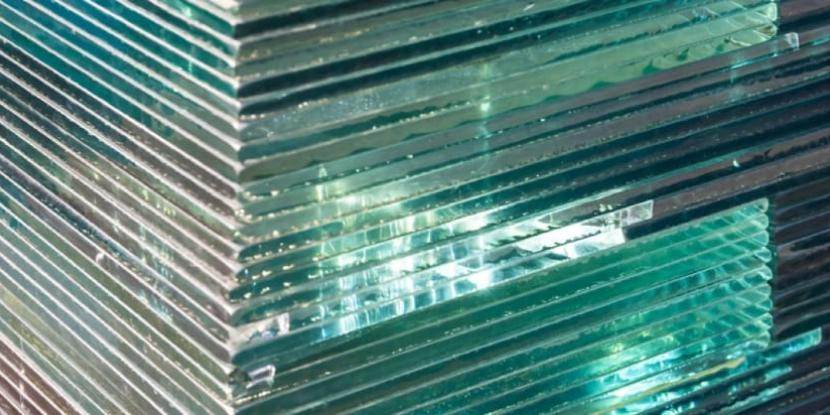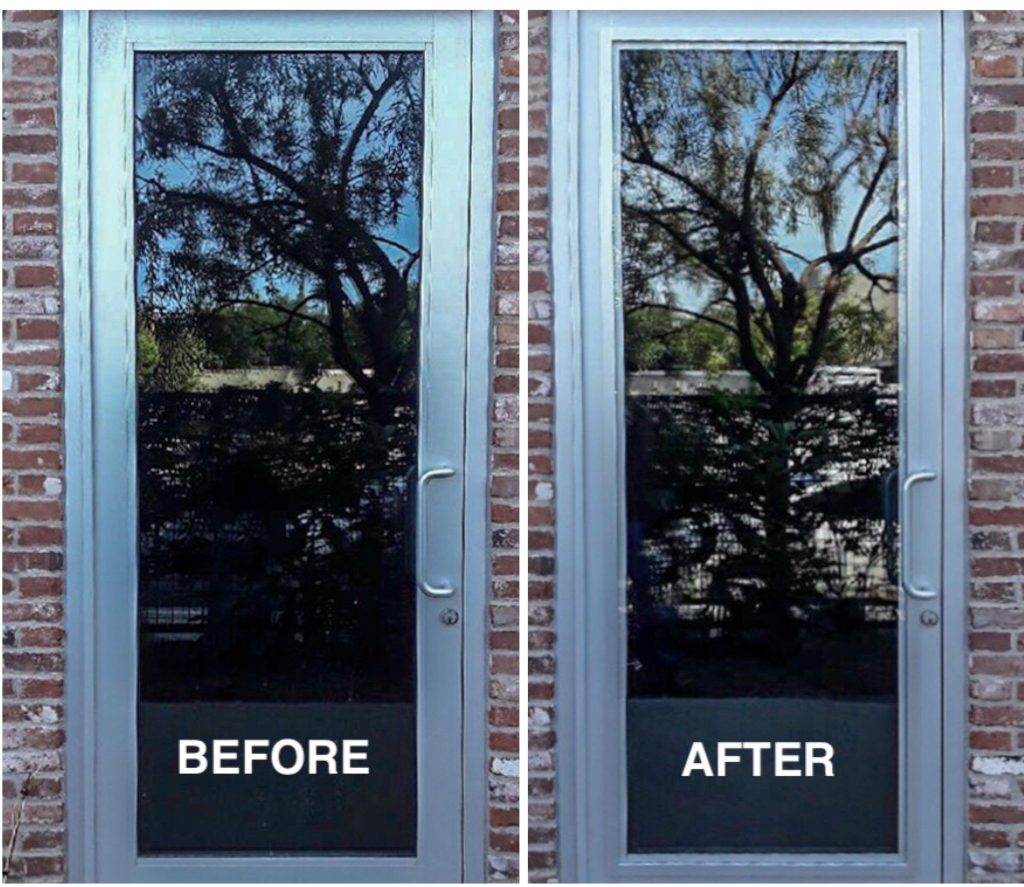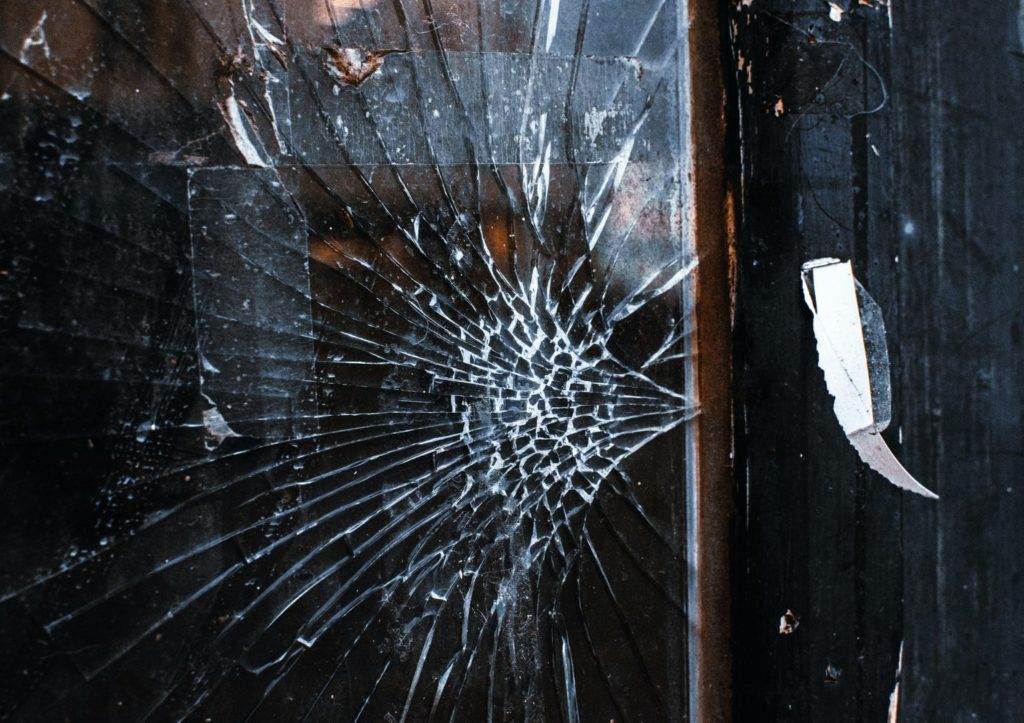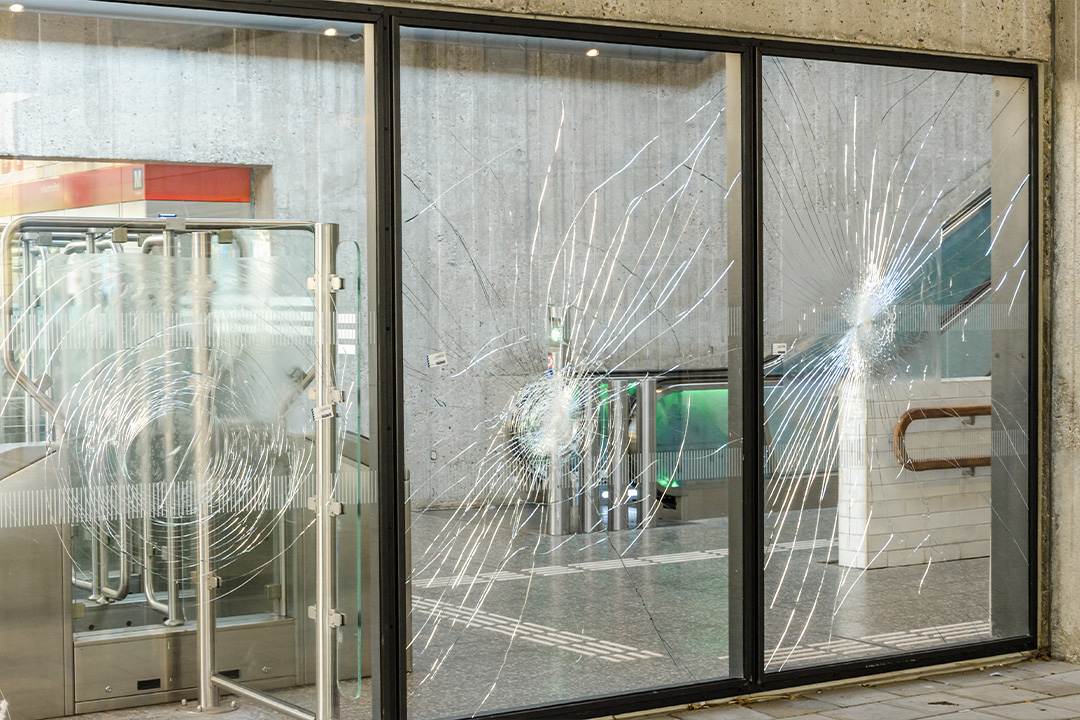So, picture this: you’re walking down the street, minding your own business, and suddenly a baseball comes hurtling towards you, aimed straight at the window of a nearby store. You flinch, expecting the shattering sound of broken glass to fill the air. But to your surprise, the window remains intact, leaving you wondering: is there really such a thing as unbreakable glass windows? In this article, we take a closer look at the technology behind seemingly indestructible glass and explore whether these windows are truly beyond the reach of destruction.

This image is property of www.windowfilmdepot.com.
What is unbreakable glass?
Unbreakable glass refers to a type of glass that is highly resistant to breaking, shattering, or cracking under normal or extreme conditions. Unlike traditional glass, which is prone to fracture and damage, unbreakable glass has been designed and engineered to withstand significant force and remain intact. This remarkable strength and durability make unbreakable glass a sought-after material in various industries and applications.
Definition of unbreakable glass
Unbreakable glass, also known as tempered glass or safety glass, is a type of glass that has undergone a special manufacturing process to enhance its strength and resistance to breakage. Through a process of rapid heating and cooling, unbreakable glass is created with increased tensile strength, making it several times stronger than regular glass. In the event of a break, tempered glass shatters into small and relatively harmless pieces, reducing the risk of injury compared to sharp shards that regular glass can produce.
Different types of unbreakable glass
There are several types of unbreakable glass available, each with unique properties and characteristics that make them suitable for specific purposes. Some common types of unbreakable glass include bulletproof glass, impact-resistant glass, heat-resistant glass, fire-rated glass, reinforced glass, and security glass. Each type has been engineered to address specific challenges and provide enhanced performance in various scenarios.
The Myth of Unbreakable Glass
While the term “unbreakable glass” may evoke images of indestructible windows and impenetrable barriers, it is important to understand the nature of glass and the limitations it inherently possesses.
Understanding the nature of glass
Glass, despite its versatile and seemingly solid appearance, is actually an amorphous material composed of molten materials that have undergone cooling and solidification. This molecular structure gives glass its characteristic transparency and allows light to pass through. However, this structure also makes glass inherently brittle and vulnerable to external forces.
Factors that can break even the strongest glass
Despite advancements in glass manufacturing and the creation of unbreakable glass, there are several factors that can still lead to its breakage. Extreme temperatures, such as rapid heating or cooling, can cause stresses within the glass and ultimately lead to failure. Additionally, concentrated impact or force applied to a specific point on the glass can exceed its structural capacity and result in breakage.
Challenges in creating unbreakable glass
Developing glass that is truly unbreakable is a complex and ongoing challenge. Engineers and scientists continually strive to enhance the strength and durability of glass, but there are limitations to how much the material can be reinforced without sacrificing its fundamental properties. Balancing the need for strength with transparency, weight, and cost is a delicate task that requires careful consideration and experimentation.
Bulletproof Glass
Bulletproof glass is one of the most well-known examples of unbreakable glass. It is extensively used in security applications, including banks, government facilities, high-rise buildings, and armored vehicles.
How does bulletproof glass work?
Bulletproof glass, also known as ballistic glass, comprises multiple layers of laminated glass and polymer interlayers. These layers are designed to absorb and disperse the energy of a projectile, such as a bullet, upon impact. By distributing the force across a larger surface area, bulletproof glass prevents penetration and reduces the risk of injury or damage.
Limitations and vulnerabilities of bulletproof glass
While bulletproof glass provides a significant level of protection against projectiles, it is not completely impervious to all types of ammunition or high-velocity impacts. The effectiveness of bulletproof glass depends on its thickness, composition, and the specific type of bullet it is designed to withstand. Advanced armor-piercing rounds, for example, may still be capable of penetrating certain types of bulletproof glass. Ongoing research and development efforts are continually improving the strength and capabilities of bulletproof glass, aiming to overcome these limitations.
Impact-Resistant Glass
Impact-resistant glass, also referred to as safety glass, is designed to withstand significant impact and resist shattering. It is primarily used in locations where there is a higher risk of breakage, such as hurricane-prone areas and sports facilities.
Properties and composition of impact-resistant glass
Impact-resistant glass is typically made by sandwiching a layer of polyvinyl butyral (PVB) or ethylene-vinyl acetate (EVA) between two or more sheets of glass. This interlayer acts as a bonding agent and provides added strength and flexibility to the glass. In the event of an impact, the interlayer helps to keep the glass intact, reducing the likelihood of dangerous shards and maintaining the structural integrity of the window or panel.
Applications of impact-resistant glass
The ability of impact-resistant glass to withstand strong impacts makes it an ideal choice for areas prone to hurricanes, tornadoes, or other severe weather conditions. It is commonly used in residential and commercial buildings, as well as vehicles, to protect against flying debris and minimize the risk of injury during extreme weather events. Impact-resistant glass is also utilized in sports stadiums and arenas to provide safety for spectators by preventing shattered glass in case of any accidents or intentional actions.

This image is property of www.defenselite.com.
Heat-Resistant Glass
Heat-resistant glass, also known as fire-resistant glass or pyroceramic glass, is designed to withstand high temperatures without deformation or breakage. It plays a crucial role in various industries, particularly those involving intense heat or fire hazards.
What makes glass heat-resistant?
Heat-resistant glass is made by adding specific materials, such as boron trioxide or alumina, to the glass composition during the manufacturing process. These additives enhance the glass’s ability to withstand rapid temperature changes and exposure to high levels of heat. Heat-resistant glass often undergoes a tempering process, similar to tempered glass, to further increase its strength and resistance to thermal stress.
The importance of heat-resistant glass in various industries
Heat-resistant glass finds applications in a wide range of industries, including automotive, aerospace, manufacturing, and telecommunications. In automotive and aerospace industries, this glass is utilized in engine components, exhaust systems, and cabin windows to withstand extreme temperatures and maintain visibility. In manufacturing processes, heat-resistant glass is essential for ensuring the safety of workers and preventing equipment damage caused by intense heat. Additionally, it is commonly used in furnaces, fireplaces, and ovens to provide a transparent barrier while preventing heat transfer to the surrounding environment.
Fire-Rated Glass
Fire-rated glass is designed to provide structural integrity and protect against the spread of fire, smoke, and heat in buildings. It serves as a critical element in building safety and allows for the safe evacuation of occupants during emergencies.
Understanding the fire rating system
Fire-rated glass is subjected to rigorous testing procedures to determine its fire resistance level. The fire rating system classifies glass based on its ability to withstand various time periods of exposure to fire. Common classifications include 20-minute, 45-minute, 60-minute, and 90-minute fire-rated glass. These ratings indicate the duration the glass can withstand the intense heat of a fire while maintaining its integrity and preventing the spread of flames and smoke.
Features and applications of fire-rated glass
Fire-rated glass incorporates intumescent interlayers, which expand when exposed to heat, forming an insulating barrier against flames, smoke, and heat transfer. It is essential in areas where fire protection is critical, such as stairwells, corridors, and emergency exits. Fire-rated glass also allows for natural light transmission, creating a visually appealing and safe environment while meeting stringent fire safety regulations.

This image is property of glassdoctor.com.
Reinforced Glass
Reinforced glass, also commonly referred to as safety glass, is designed to provide increased strength and resistance to breakage. It is widely used in construction and architectural applications, as well as in vehicles and other areas where safety is a prime concern.
The concept of reinforcing glass
Reinforced glass is created by incorporating additional materials or layers into the glass structure to enhance its mechanical properties. One common method is to add a layer of polycarbonate or polyvinyl butyral (PVB) between two layers of glass. This combination increases the glass’s ability to absorb and distribute impact energy, preventing it from shattering into sharp shards in the event of a break.
Applications and benefits of reinforced glass
Reinforced glass is employed in a variety of applications, including windows, doors, skylights, and balustrades. Its strength and impact resistance make it ideal for areas where there is a higher risk of breakage or potential harm from falling or shattered glass. The use of reinforced glass in vehicles is crucial to ensure passenger safety during accidents, as it prevents occupants from being ejected and reduces the risk of severe injuries.
Security Glass
Security glass, as the name suggests, is designed to provide enhanced protection against forced entry, burglary, and vandalism. It is commonly used in high-security facilities, such as banks, museums, government buildings, and jewelry stores, where the prevention of unauthorized access is paramount.
Types of security glass
Different types of security glass offer varying levels of protection. Laminated glass, consisting of multiple layers of glass with interlayers, is the most commonly used form of security glass. It provides resistance against impacts, acts as a sound barrier, and helps to delay forced entry attempts. Polycarbonate-based security glass combines the strength and durability of polycarbonate with the optical clarity of glass. Other options, such as acrylic security glass and electromagnetic security glass, exist to cater to different security needs.
Enhanced security features of security glass
Security glass incorporates various advanced technologies to further enhance its protective capabilities. It may have additional features such as UV resistance, bullet resistance, blast resistance, and even smart glass technology that allows for dynamic control of transparency. These features provide an extra layer of security and contribute to the overall integrity of the glass structure.

This image is property of cdn-ekgic.nitrocdn.com.
Advancements in Glass Technology
The field of glass technology has witnessed significant advancements in recent years, leading to the development of stronger and more durable glass materials. These innovations have expanded the possibilities and applications of unbreakable glass in a wide range of industries.
Innovations in glass manufacturing
Continuous research and development efforts have led to improvements in the manufacturing process of unbreakable glass. This includes the implementation of advanced cooling techniques, better quality control measures, and the discovery of new glass compositions and additives. These advancements have significantly enhanced the strength, durability, and performance of unbreakable glass, allowing for its wider adoption in various sectors.
Emerging technologies for stronger glass
Scientists and engineers are constantly exploring new technologies to further strengthen glass and push the boundaries of what is considered unbreakable. This includes the incorporation of nanomaterials, such as graphene, into glass compositions to enhance its mechanical properties. Furthermore, the development of self-healing glass, which has the ability to repair minor damages, is a promising area of research. These emerging technologies have the potential to revolutionize the glass industry, paving the way for even stronger and more resilient glass materials in the future.
The Future of Unbreakable Glass
As technology continues to advance, the future of unbreakable glass holds great promise. Ongoing developments and research in the field are leading to the creation of even stronger and more versatile glass materials.
Current developments in unbreakable glass
Researchers are focusing on improving the strength and durability of existing unbreakable glass types, such as bulletproof glass and impact-resistant glass. They are exploring new materials and manufacturing processes to enhance their performance, reduce vulnerabilities, and expand their applications. Additionally, advancements in glass coating technologies are being pursued to enhance scratch resistance, reduce glare, and improve overall optical quality.
Potential applications for unbreakable glass in the future
With further advancements in unbreakable glass technology, the potential applications for this remarkable material are vast. Unbreakable glass windows and facades could be utilized in high-rise buildings to enhance occupant safety during extreme weather conditions or potential attacks. Unbreakable glass could also find application in the automotive industry, where it could be incorporated into the design of vehicles to enhance passenger protection and reduce the risk of injury in accidents.
Moreover, unbreakable glass could play a crucial role in the advancement of renewable energy solutions. By creating durable and resilient glass materials, it could be used in the construction of solar panels, enabling them to withstand harsh environmental conditions and operate more efficiently.
In conclusion, while the concept of unbreakable glass may remain a myth in the strictest sense, advancements in glass technology have certainly given rise to glass materials that are significantly more resistant to breakage and external forces. From bulletproof glass to fire-rated glass and security glass, a range of specialized glass types has been developed to cater to specific needs and address various challenges. Continuous research and innovation in the field will likely lead to even stronger and more versatile glass materials in the future, revolutionizing industries and enhancing human safety and well-being.

This image is property of www.riotglass.com.
